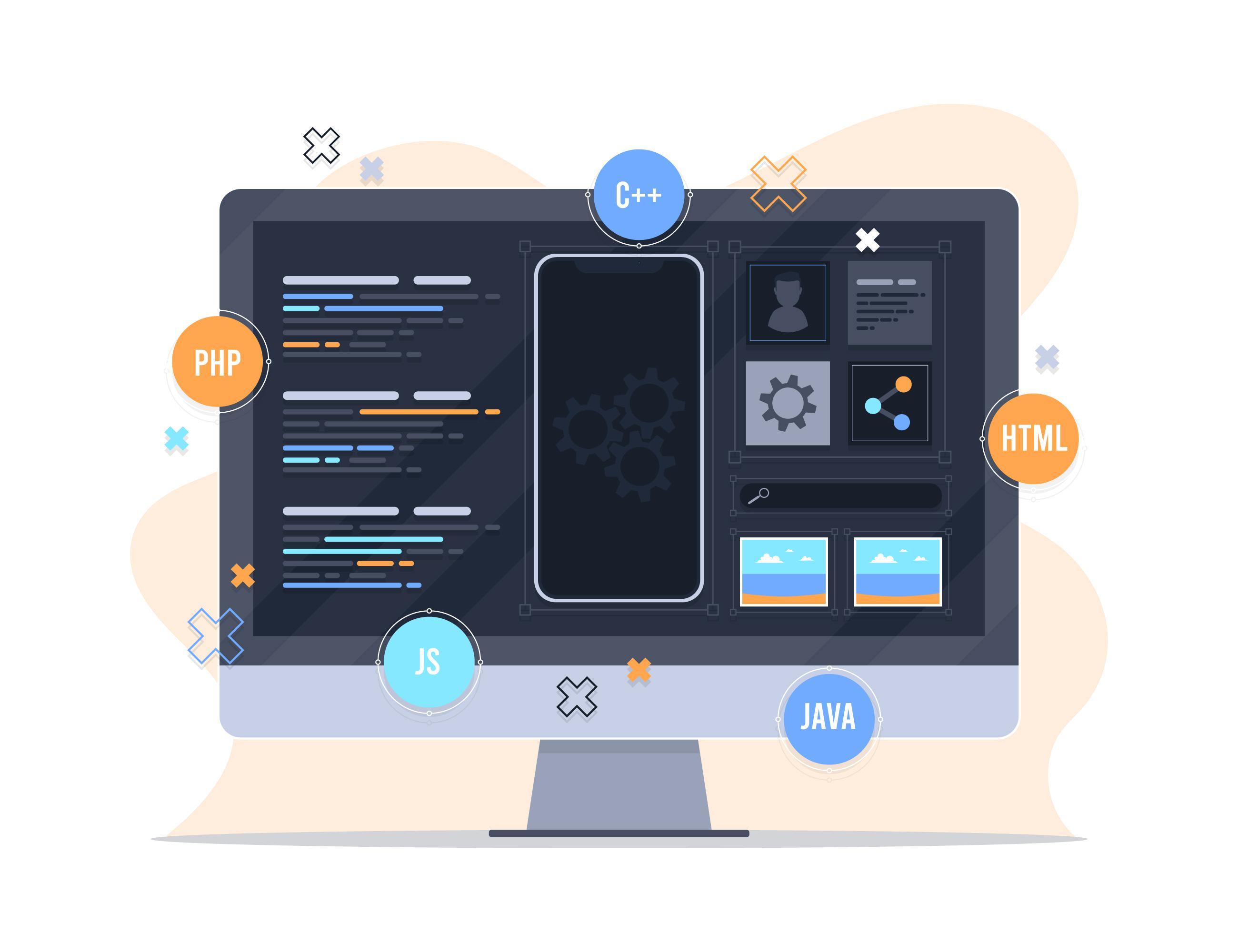
Events are a key component of marketing and communication strategies for many businesses. However, the success of an event is not solely measured by attendance or revenue. It requires a comprehensive evaluation of performance through Key Performance Indicators (KPIs). In this article, we will explore strategies for measuring event success and using data to improve performance in future events.
Event evaluation helps organizers understand how successful the event was and how well it met predefined goals. By analyzing performance, organizers can identify what went well and what can be improved in future events.
Surveys are an effective way to gather attendee feedback after the event. These surveys can address various aspects, such as content quality, registration experience, and overall organization.
Use digital tools like Google Analytics to monitor visitor traffic on the event website, and analyze social media data to determine the level of engagement.
During the event, dedicated apps can be used to gather data, such as digital registration cards or real-time surveys via smartphones.
After data collection, it’s crucial to analyze the results to determine what was achieved and what areas need improvement. Look for patterns and trends in the data to identify strengths and weaknesses.
Use analysis to identify areas that need improvement in future events, such as:
Create an action plan that includes steps for improving performance in future events. Set new goals, define marketing strategies, and determine the necessary resources to ensure success.
Event evaluation should be an ongoing process. Organizers should consistently collect data and evaluate performance, allowing them to adapt to new trends and market changes.
Event evaluation is a critical step in improving future performance. By using KPIs to gather and analyze data, organizers can accurately measure event success and pinpoint areas for improvement. Continuous evaluation and adaptation based on feedback and data can significantly contribute to the success of future events and the achievement of set objectives.
Your email address will not be published. Required fields are marked *